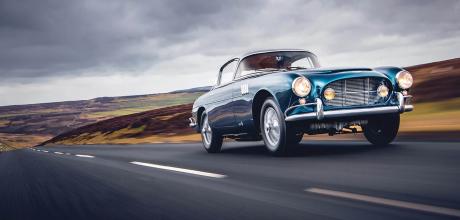1954 Aston Martin DB2/4 Vignale Chassis no. LML/802
This DB2/4 features coachwork by the Italian coachbuilder, Vignale, and was built in 1954 for the king of Belgium. After becoming derelict, it has recently been restored by marque specialist, Aston Workshop.
UNIQUE DB2/4 VIGNALE
THE ITALIAN JOB
WORDS & PHOTOGRAPHY PAUL WALTON
This 1954 DB2/4 was rebodied by the Italian coachbuilder, Vignale, for King Baudouin of Belgium, resulting in a very different but stylish interpretation of Aston’s classic sports car.
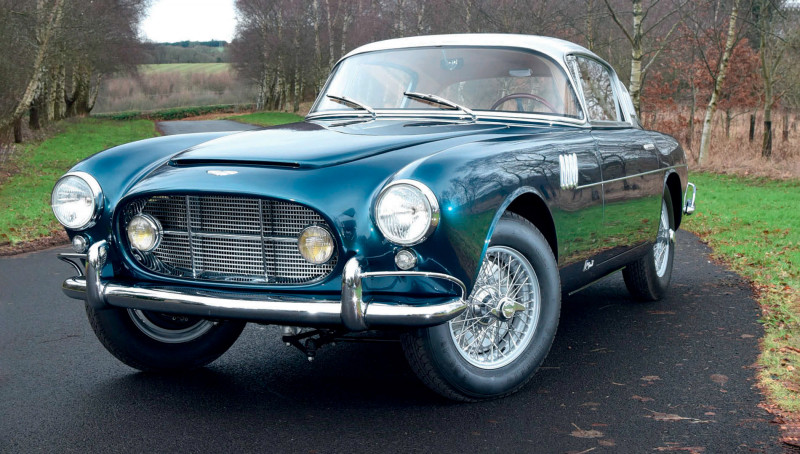
Although the trend for unique coach-built cars was in decline by the mid-Fifties, the rich and famous (mainly the rich) still preferred such vehicles over production models. People like the 24-year-old King Baudouin of Belgium, who in 1954, commissioned the Italian coachbuilder, Carrozzeria Alfredo Vignale of Turin, to transform an Aston Martin DB2/4 into something more glamorous.
Baudouin (Boudewijn in Dutch) was no stranger to such cars since his father, King Leopold III, owned several Bugattis and Ferraris plus a Packard convertible which he crashed in 1935 while driving along the banks of Lake Lucerne, Switzerland, killing his wife, Baudouin’s mother, Princess Astrid of Sweden.
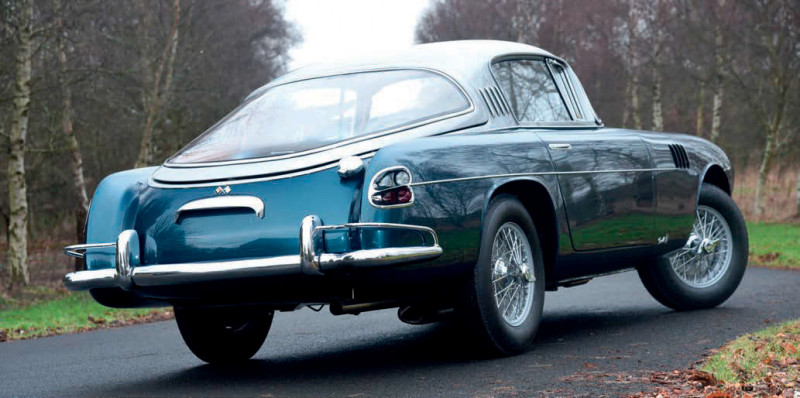
After surrendering to the Germans in May 1940, Leopold wasn’t overly popular with the Belgian population and following growing post-war social unrest, he abdicated in 1951 in favour of his then 20-year-old heir, Baudouin. Free of the shackles of power, the former king indulged in his passion for cars even more and bought several coach-built Ferraris.
The new king also owned exotic models including plenty of Porsches and Maseratis plus more stately models such as a Mercedes-Benz Pullman. This makes Baudouin’s choice of an Aston Martin DB2/4 an unusual but still legitimate one. Although rare on the continent, it was universally acknowledged as a fine sports car while the company was enjoying greater prominence in racing with the DB3.
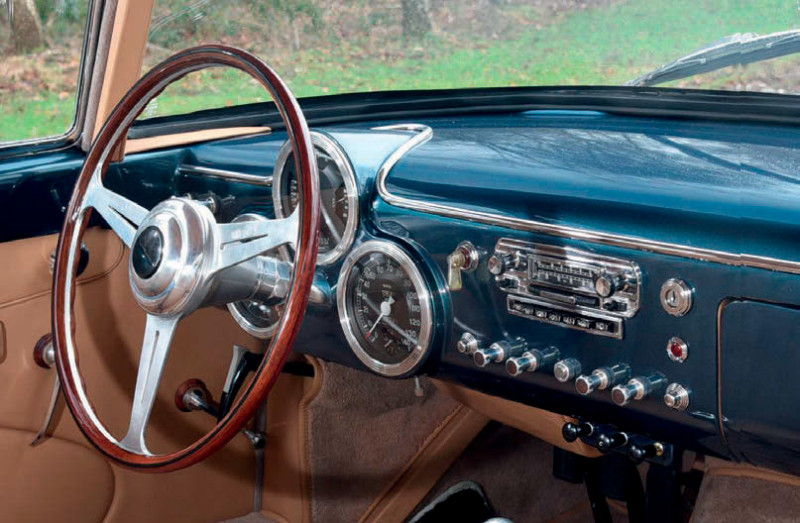
On 28 September 1954, a left-hand-drive rolling chassis – LML/802, one of a dozen Aston Martins produced for continental coachbuilders – fitted with the-then new 2.9-litre straight-six, was delivered to Italy’s Carrozzeria Alfredo Vignale for a stylish new body.
The link between the young Belgian king and Vignale was a Ferrari 250MM that the carrozzerie had recently completed for his father’s second wife, Lilian, Princess of Réthy. It’s rumoured the DB2/4 Vignale was made so the new king wasn’t upstaged by his stepmother… This would be Vignale’s second Aston Martin, the first being a DB3 that it had designed a lightweight coupe body for a year earlier. After spending almost two decades as a panel beater at Stabilimenti Farina, Alfredo Vignale established his own Turin-based carrozzerie in 1948, and together with Bertone, Ghia and Pininfarina, quickly established himself as one of the country’s leading independent designers of the era.
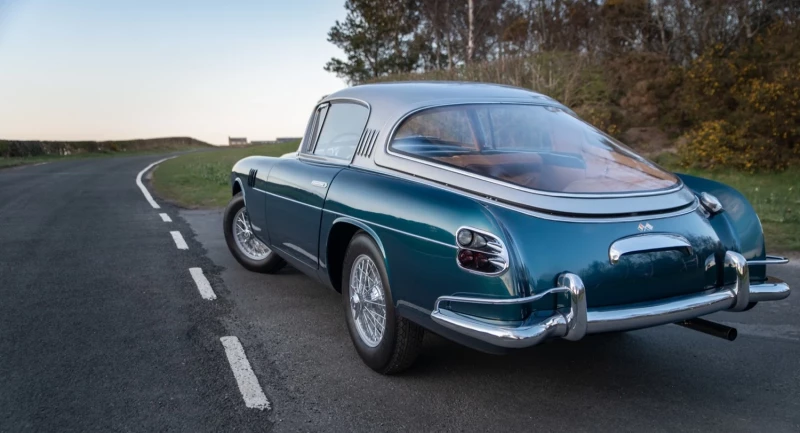
Although Vignale supplied bodies to most Italian companies, it was Ferrari that brought the designer the most international fame especially when its cars with his designs won the Mille Miglia road race three times between 1950 and 1953.
Away from motorsport, the other reason why Vignale’s cars became famous was because of their bold, eye-catching designs and despite the chassis’ British origins, Baudouin’s Aston Martin DB2/4 would be no different. The resultant car, painted in striking Peacock Blue with a silver roof, was a modern fastback that featured a large rear hatch glazed with Perspex, handsome, compact proportions plus a wrap-around windscreen. Italian in character, it turned the traditional, pint-of-stout DB2/4 into a glass of light and fizzy Lambrusco.
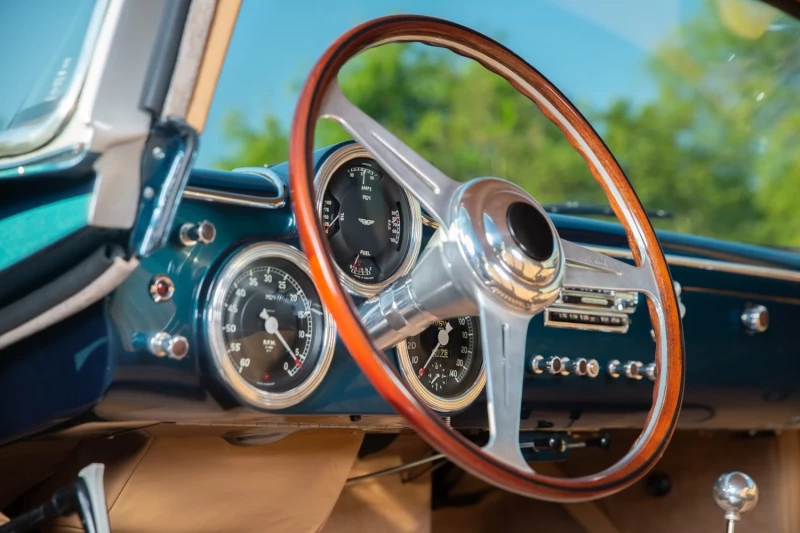
When Vignale used the car for its advertising, it was described as, “A two-seater Aston Martin coupe with a European personality.” It was perhaps due to this publicity why a second example based on chassis LML/608 was produced for a French customer, but which has long since disappeared.
Baudouin clearly got tired of waiting for his car, because a month before Vignale finally delivered it on 10 March 1955, he acquired a standard DB2/4. Maybe it’s because he preferred this unmodified version or perhaps he felt as sovereign he needed something less ostentatious, but Baudouin sold the Vignale only a few years later to a palace aide, R Feldhein. In January 1962, it was bought by James Toth, an American serviceman who worked at the Supreme Headquarters Allied Powers Europe (SHAPE), then based in Paris, who discovered the Aston for sale in a backstreet garage. Black and white images show he later removed the front bumper and radiator slats to improve its appearance.

Toth used the car regularly until a con rod pushed its way through the engine block. He repaired the engine with a replacement rod, piston and liner before brazing a patch over the hole. Unsurprisingly, this only lasted a short time before the block split end to end. One of Toth’s colleagues had a brother who worked for Aston Martin so, after borrowing some money, he flew to England to collect a new block, liners, piston and con rods and everything else required to get the car running again.
But during the summer of 1963, this rebuilt engine also failed. “While driving with the fiancé past the queues outside the picture house at 15 miles an hour,” said Toth years later, “once again the engine blew up; pools of oil, clouds of steam etc. We pushed it into the side of a parking lot, but the following day the captain instructed to get it moved as there was no insurance for that kind of thing on the base.”
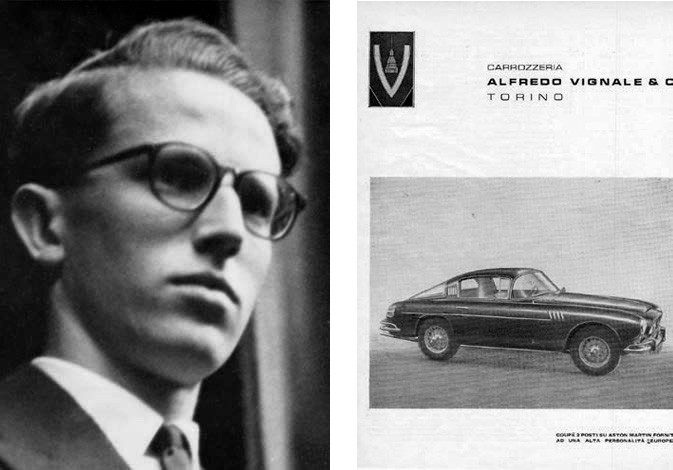
In August 1963, the now immobile Aston was advertised around American military bases in France for $1,000. It was eventually bought by a captain in the US army, TR Mottershead, who transported the now sorry-looking car to America where he later fitted a V8, rear axle and dashboard all from a Pontiac.
The rest of the history is hazy, but by the early Nineties the car found itself in a scrapyard in Virginia, in the US. Thankfully it survived and was rescued by a Roland Wommack who later sold it to Bob Fountain from British specialist, Aston Workshop.
Although the chassis, suspension, transmission, aluminium body panels and much of the unique chrome trim were still there, it was in a poor state with very little left of the original interior. And so, it remained largely untouched until the late 2010s when the Aston Workshop finally took the brave decision to restore the car.

It did come with Toth’s rebuilt 2.9-litre engine, but both the block and cylinder head were found to be beyond repair so period-correct replacements were sourced. With fast-road camshafts, Aston Workshop reckons the engine is today producing 175bhp and 200lb ft of torque. The original transmission was reconditioned with the clutch uprated to DB5 specification.
The chassis was renovated where necessary and new hand-formed ash replaced the original timber sections that had rotted. The chassis was then primed, undercoated and powder-coated in satinfinish black.
Aston Workshop’s engineers discovered the Pontiac rear axle, as fitted by the US army captain, was still there which was then replaced with a period-correct Salisbury rear unit. The suspension was also reconditioned. Amazingly, beneath the tired paintwork, the aluminium bodywork was in good order and so after taking it back to bare metal, it was repaired where necessary before being sprayed in the correct Peacock Blue with Silver Birch for the roof. The interior was the toughest challenge that the Aston Workshop engineers had faced, since it was still fitted with the Pontiac dashboard that Mottershead had added and it had to be re-created almost entirely from scratch with only a handful of period images to go on.
The restoration took several years to complete, but when I visit Aston Workshop’s Durham-based workshop in early 2023, the finished car looks as regal as the day King Baudouin took delivery of it over seven decades earlier.
The soft yet confident curves, together with the big grille and abundance of chrome, make it much more outlandish than the discreet standard design. Only the wire wheels and winged badge on the nose hint at its origins, meaning few (if any) would recognise it as an Aston Martin. Most would suggest a Ferrari which, considering how many cars Vignale designed for the Italian icon, wouldn’t be a bad guess.
The profile is certainly reminiscent of its 225 S Berlinetta from 1952, the shape of the grille with the inset driving lights similar to the 1951 212 Inter, while the glass hatch is like that of the 375 America Coupe of 1954.
Yet for me, it’s the detailing that really makes the car special. The four chrome vents in the front wing, clever push-button door handles and unusual inset rear light clusters have the delicacy and brightness of a handmade piece of jewellery.
Together with the Peacock Blue paint, it gives the car an almost luminous effect. The interior has all the elegance you’d expect for a car designed and built by an Italian carrozzeria in the Fifties, the rich fawn leather upholstery perfectly in harmony with the Peacock Blue of the dash while there’s more brightwork than Liberace’s living room. The dials are in an unusual triangular arrangement, the speedo is at the bottom right, making it difficult to read through the large wood-rimmed steering wheel.
Miserable weather stops a proper drive, but even two minutes behind the wheel shows it to be similar to a standard DB2/4, the W.O. Bentley-designed 2.9-litre straight-six engine losing none of its famed brawn, allowing the car to accelerate strongly and easily.
My only criticism is the flat floor and low roof resulting in less interior room than a standard model, which is perhaps the real reason why the six-foot-tall Baudouin sold the car so quickly.
Baudouin’s DB2/4 might be a very different kind of Aston Martin from the norm yet it remains a testament, not only to the glamour and excitement of Vignale’s beautiful designs, but those lucky few who, like a young Belgian king, could still afford a unique, handmade and coachbuilt car.
●Thanks to: Aston Workshop (aston.co.uk)
The now derelict car as it was found in a Virginia scrapyard in the early Nineties The car as it looked in the early Sixties when it was missing the front bumper Midway through Aston Workshop’s extensive restoration of the car.
Vignale’s advertising from the time included the rebodied Aston Martin.
King Baudouin of Belgium during a visit to Paris in the early Fifties


